9mm vs 45 ACP: Cult Following Showdown!
In this 9mm vs 45 ACP article, we will compare both cartridges to help you determine which might be the best fit for your needs.
When comparing different handgun calibers, there are many factors to consider – the most important of which is your particular use/purpose for the cartridge.
It is nearly impossible to declare one cartridge better than another without knowing “why” – for example, 9mm is surely better than 300 Win Mag for concealed carry, however, 300 Win Mag is surely better than 9mm for hunting elk. :)
When choosing between “45” and “9,” we can make a fairly simple summary, however: If you’re looking for the best cartridge for the range or higher capacity is important, then 9mm Luger is for you. However, if you want the most stopping power and don’t mind less capacity, the 45 ACP is probably a better fit.
Let’s begin this 9mm vs 45 ACP comparison by looking at the specs of both the 9mm and the 45 ACP below.
9mm vs .45ACP Specs Comparison
| Specification | 9mm | .45 ACP |
|---|---|---|
| Bullet Weight | 108gr to 147gr | 68gr to 300gr |
| Bullet Diameter | .355 inches (9.01mm) | .451 inches (11.46mm) |
| Case Length | 0.75 inches (19.15mm) | 0.898 inches (22.81mm) |
| Max Overall Length | 1.17 inches (29.69mm) | 1.275 inches (32.38mm) |
| Case Capacity | 13.3gr H20 | 25gr H20 |
| Max Pressure | 34,084 PSI | 19,000 PSI |
Why Compare 9mm vs .45ACP?
Before we get into the specifics of each cartridge, we should first ask this important question: Why even compare the 9mm against the 45 ACP?
9mm and 45ACP are two of the most popular (and common) handgun cartridges and both have their own cult followings.
Similarities and differences
Let’s start with how the 9mm and 45 Auto are similar.
Both rounds are popular for self and home defense and both options are effective against bad guys (stopping power) and can be relied upon if you ever need them. Both are available almost everywhere (9mm more so) and reloading components can easily be found for both.
Also, this may anger some of you, but they’re both pistol cartridges. This means that even though we can look at power differences between 9mm and 45, the differences almost disappear when compared to rifle cartridges. Like it or not, most handgun cartridges are so weak compared to a rifle cartridge that the argument between the power of two pistol cartridges almost seems silly when compared to a rifle.
We can’t discuss the differences without starting with the price. If you’re planning on having a firearm for self-defense, you really need to also be practicing. If you’re going to put in the time at the range, which is highly recommended, we have to consider the cost. 9mm is generally easier to find globally when compared to the 45 and you’ll notice the price difference is around half the cost for the 9mm.
We also can’t go past the obvious physical specifications and the performances of these two rounds. The 45 is a big boy, it’s almost a half of an inch in diameter, and it’s going slower than the speed of sound. The 9mm is lighter, faster and has less recoil than the .45 ACP. This can be helpful when you need to get back onto the target faster.
As mentioned, the 9mm is faster, and achieves higher velocity than the .45 Auto. If your reasons for choosing one of these calibers is home defense, we need to ask, does a faster smaller bullet perform better, or does something that leaves a bigger hole provide a better solution? Along with this you need to factor in your own strengths and weaknesses behind a gun but I’ll touch on this again later in this article.
So where does this put us when looking at these options? There’s definitely good and bad points to take into consideration. So let’s start by looking at each of these cartridges individually before coming to a conclusion.
9mm Review
It would be remiss of me not to address the many names by which the 9mm is known, these include 9x19mm NATO, 9mm NATO, 9mm Parabellum and the 9mm Luger. So now that we have that small technicality out of the way, let’s look into the history and purpose, pros and cons and the best 9mm ammo to choose from for different disciplines.
9mm History and Purpose
The 9mm cartridge was created by Georg Luger in 1901 as he sought to replace the 7.65 Browning cartridge which had many feeding issues in earlier firearm models. The 9x19mm round has been around for over a century and is still a popular choice for many shooters today, so much so that manufacturers can’t keep up with the demand for this round. It has been used by military and law enforcement personnel for many years and continues to be a top choice for those who need a reliable cartridge that offers good performance.
Some of the reasons why the 9mm cartridge is such a popular choice include its accuracy, low recoil, and good stopping power. It is also a popular choice for people who want to conceal carry, and as we’ve discussed, is a good option for self-defense. It’s commonly used in sports such as IPSC with a favorite 9mm firearm option being the CZ Shadow 2 semi automatic pistol.
For some more 9mm pistol reviews we have a great article that is worth checking out. In the aforementioned article we look at the Best 9mm Pistols, where we’ve listed out a comprehensive selection of 9mm pistol options broken down into different categories such as, CCW, Home Defense and best range options.
9mm pros and cons
- Inexpensive
- Available (Worldwide)
- Effective self-defense round
- Higher magazine capacity
- May not have enough stopping power for larger opponents
- Lower end of self defense energy
Best 9mm Ammo For Self-Defense
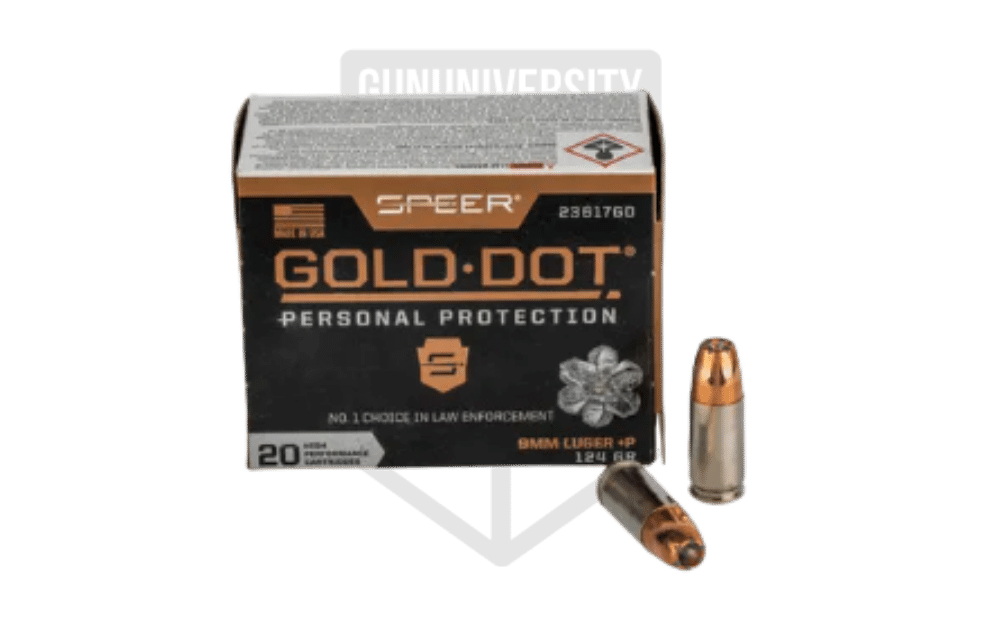
Gold Dot Handgun Personal Protection 9mm Luger +P
Marketplace |
Cost Per Round |
| Primary Arms | $1.49 |
| GunMag Waarehouse | $1.79 |

Hornady Critical Defense 9mm FTX
Marketplace |
Cost Per Round |
| Sportman’s Warehouse | $1.27 |
| Natchez | $1.04 |
Best 9mm Ammo for Plinking & Target Practice
45 ACP Review
Along with the 9mm, the 45 ACP is a popular cartridge for both self-defense and target shooting. In this review, we will take a look at the 45 ACP cartridge and see why it is so popular among shooters.
Just like 9x19mm, 45 ACP can be known by a few names. “45” can be called “45,” “45 AUTO” (the real name), or “45 ACP.”
.45A CP History and Purpose
The .45 Auto cartridge was designed by John Browning and was first introduced in the early 1900s. It was originally designed for use in the Colt M1911 pistol, hence the ACP (Automatic Colt Pistol). This handgun round is loved for its considerable muzzle energy, however, the trade off is the high recoil making it not entirely suitable for all shooters.
A number of popular handgun models from a variety of manufacturers have included options for this cartridge over the years, although these days they are becoming harder to find. One such .45 ACP pistol is the Rock Island Armory GI 1911, which we’ve used and reviewed, and given our honest opinion, I would recommend reading the article to see why we only gave it a C+ grade.
.45 ACP Pros and Cons
- High muzzle energy
- More stopping power
- May be difficult to find in some areas
- Some firearms chambered for this round may be expensive
Best .45 ACP Ammo
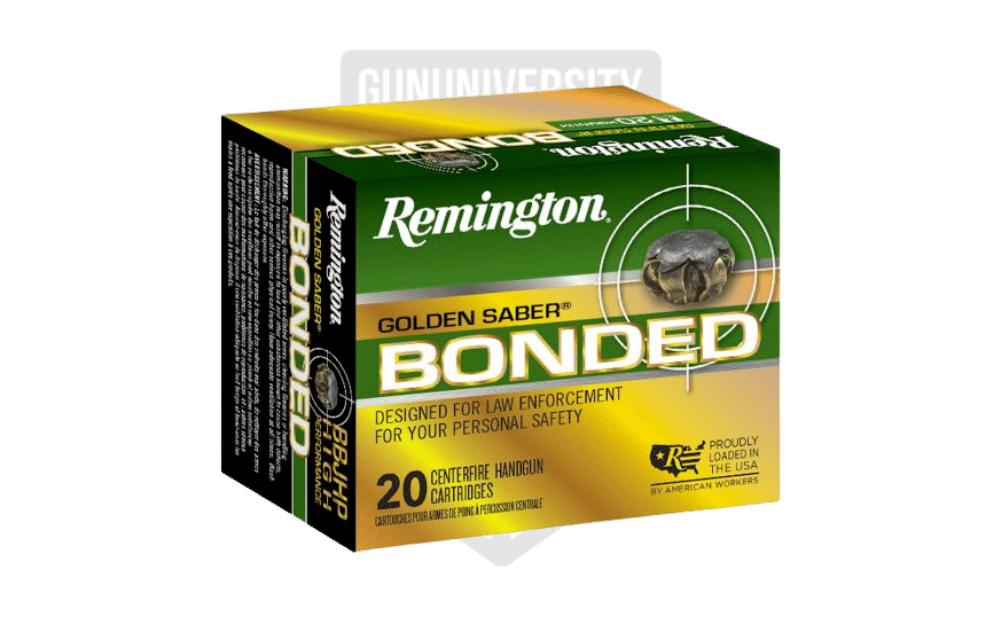
45 ACP 230 Grain BJHP Remington Golden Saber
Marketplace |
Cost Per Round |
| Palmetto State Armory | $1.75 |
| Sportsman’s Warehouse | $1.99 |
9mm vs .45 ACP: Ballistics Comparison
When it comes to personal defense, there are few cartridges that are as popular as the 9mm and the 45 Auto. Both of these offer a lot of power and are capable of stopping an assailant in their tracks. But how do these two cartridges compare when they’re put head to head? In this section, we will take a look at the ballistics of the 9mm vs 45ACP and see which one comes out on top.
First, let’s take a look at the velocity of both cartridges. The 9mm cartridge has a muzzle velocity of around 950 – 1400 feet per second, while the 45 ACP cartridge has a muzzle velocity of around 700 – 1150 feet per second. This means that the 9mm cartridge can travel twice as fast as the .45 ACP cartridge. In a potential real world scenario of home defense you wouldn’t expect to take shots at such a long distance so the difference in velocity barely factors in. However, because we’re diving into the ballistics, it is worth mentioning that there is a notable difference in speed between the two cartridges.
Now let’s take a look at penetration and permanent cavities. The 9mm cartridge has a higher velocity which results in more penetration, but less expansion due to the smaller, lighter bullet. The .45 ACP being a larger, heavier projectile usually has less penetration but a greater expansion upon impact. The 45 ACP bullet has an average permanent cavity of around 6 inches and the 9mm cartridge has an average permanent cavity of around 2 inches which shows that the 45 ACP does more damage upon impact with every shot fired than the 9mm. So while both cartridges will penetrate, the .45 can cause significantly more damage than the 9mm bullet. Now, these results may differ depending on the type of bullet you’re using, obviously we’ll be seeing differences between FMJ bullets and Hollow Points, but there’s some interesting points to consider there.
9mm vs 45 ACP: Bullet Configuration

| Range (yds) | Velocity (FPS) | Energy (ft. LB) | Trajectory (IN) | Come Up (MOA) | Come Up (MILS) |
|---|---|---|---|---|---|
| 0 | 1135 | 329 | -1.5 | 0 | 0 |
| 25 | 1074 | 294 | 0 | 0 | 0 |
| 50 | 1025 | 268 | -0.4 | 0.8 | 0.2 |
| 75 | 984 | 247 | -2.9 | 3.7 | 1.1 |
| 100 | 949 | 230 | -7.6 | 7.2 | 2.1 |

| Range (yds) | Velocity (FPS) | Energy (ft. LB) | Trajectory (IN) | Come Up (MOA) | Come Up (MILS) |
|---|---|---|---|---|---|
| 0 | 1175 | 380 | -1.5 | 0 | 0 |
| 25 | 1120 | 345 | 0 | 0 | 0 |
| 50 | 1074 | 317 | -0.3 | 0.5 | 0.1 |
| 75 | 1034 | 295 | -2.4 | 3 | 0.9 |
| 100 | 1001 | 276 | -6.6 | 6.2 | 1.8 |

| Range (yds) | Velocity (FPS) | Energy (ft. LB) | Trajectory (IN) | Come Up (MOA) | Come Up (MILS) |
|---|---|---|---|---|---|
| 0 | 1000 | 411 | -1.5 | 0 | 0 |
| 25 | 965 | 383 | 0 | 0 | 0 |
| 50 | 935 | 359 | -0.9 | 1.6 | 0.5 |
| 75 | 908 | 338 | -4.2 | 5.3 | 1.5 |
| 100 | 883 | 320 | -10.2 | 9.7 | 2.8 |

| Range (yds) | Velocity (FPS) | Energy (ft. LB) | Trajectory (IN) | Come Up (MOA) | Come Up (MILS) |
|---|---|---|---|---|---|
| 0 | 975 | 464 | -1.5 | 0 | 0 |
| 25 | 950 | 441 | 0 | 0 | 0 |
| 50 | 927 | 420 | -0.9 | 1.8 | 0.5 |
| 75 | 907 | 401 | -4.4 | 5.6 | 1.6 |
| 100 | 887 | 384 | -10.5 | 10 | 2.9 |
Since there are many different bullet configurations for each of these cartridges, let’s take a look at some of the more popular bullet configurations. We’ll begin by taking a look at bullets that are used in the tables above. The 9x19mm Hornady 124gr has an average muzzle velocity of around 1,175 feet per second and 345lbs of energy at 25yards and the Hornady 115gr critical defense has a velocity of 1,135 feet per second and an energy of 294lbs at 25 yards.
For .45 ACP cartridges, the Hornady 45 Auto 220gr is showing a muzzle velocity of 975 feet per second and an energy of 441lbs at 25 yards and the 45 Auto 185gr Critical Defense has a velocity of 1000 feet per second and 383lbs of energy at 25 yards. This means that both of these 45ACP rounds carry more energy than their 9mm comparisons. So even though this is a slower bullet, the energy at 25 yards is greater, showing us that the stopping power of the .45 ACP can be more significant than that of the 9mm.
9mm vs .45 ACP: Velocity and Trajectory
The velocity of the 9mm cartridge round in the example above is around 1,175 feet per second, while the velocity of the .45 ACP round is 1000 feet per second. This means that the velocity of the 9mm round is about 14% faster than the velocity of the rounds in the 45 cartridge. Velocity has an effect on the range of a projectile so the velocity of a bullet can be used to calculate its trajectory.
The trajectory is the path that the bullet takes as it travels down range toward its target, measured in inches above or below line of sight. Because of the effects of gravity, if someone were to use a firearm and stood 500 yards away from their target, then they would have to aim above their target’s center in order for the round to hit that particular target compared to hitting the same target at 100 yards. A flatter trajectory means that there is less deviation from the point of aim needed for impact; thus, projectiles with flat trajectories can be a better option to shoot because you do not have to compensate as much for gravity and drag.
As can be seen from the above figure, the faster projectile, which is the 9mm, has a slightly flatter curve and less bullet drop, this in turn will give you a little extra distance compared to the .45 ACP. Considering that the average target distance of a handgun user is not that extreme, this is an interesting point, but most likely won’t affect your final decision as we wrap up this 9mm vs 45ACP examination.
Choosing Between 9mm and .45 ACP – Our Take
Whether it is home defense, concealed carry or you want something for the range, there’s a wide variety of pistol calibers to suit every shooter and every purpose, making it easy to find the right cartridge for your needs. There are a lot of debates between gun enthusiasts on which cartridge is better for concealed carry or self defense, namely in this case the 9mm or the 45 Auto. Both cartridges are great options, but there are some key factors you should consider when making your decision.
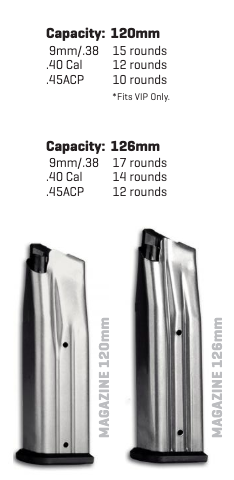
Initially, the 9mm cartridge has a higher capacity than the .45 ACP cartridge, meaning you can fit more rounds in your magazines. It’s also more affordable to shoot a 9mm which can be important if you plan to be at the range regularly. Just a note; if you’re going to conceal carry, you should be training regularly.
The 45 ACP however, is more powerful and has more stopping power than the 9mm. So, if you’re looking for a cartridge that will offer greater protection in a dangerous situation, the .45 ACP may be a better choice.
When comparing two cartridges, it’s always important to look at availability, price, and what you intend to use it for. Is it going to be a concealed carry option? Is it going to be something you just want to plink with? Do you just want a sweet looking 1911 45! Either way, deciding on your purpose, looking at the availability, price and effectiveness should hopefully land you on your dream caliber.
Personally, if I’m going to have an option for self-defense, I also would want to carry. I also know that a firearm’s effectiveness is going to be dependent on the user’s ability, therefore I also need to be putting in the hours at the range.
With the price difference between the 9mm and 45ACP, the availability of ammo and the extra rounds in the mag, my vote is for the 9mm. What about you, what’s your choice of caliber? Let me know in the comments below.
Best overall 9mm Pistol
Sig P320 Compact
The Sig p320 is a modular reliable 9mm pistol that is the best all-around handgun.
- Shootability A
- Reliability A
- Ergonomics A
- Accuracy A-
- Value B
Our Grade
A-
Reader’s Grade
A-
Based on 95 Reviews
Your Grade
Do You Own This Gun? Leave A Review
Success Your Grade Has Been
Added To Our Reader’s Score
We use email to verify the accuracy of our reviews. We promise to never spam you.
9mm vs 45 ACP: Definitions
- ACP – Automatic Colt Pistol.
- +P – higher pressure – higher energy good for self-defense.
- JHP – jacketed hollow point – not for plinking/practice – too expensive
- BJHP – bonded jacketed hollow point – popular in police applications – copper jacket is chemically bonded to inner core so you don’t have separation as the bullet goes through glass etc.
- Hollow Point – self-defense, hunting, etc. helps to slow down penetration. eg; acts like a parachute to slow bullet down as it enters.
- FMJ – full metal jacket – good for plinking/practice
- MHP – Monolithic Hollow Point
Accessories and Upgrades
Upgrades and Accessories
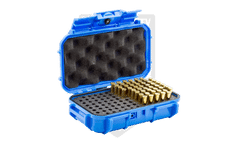 |
| Check Amazon | |
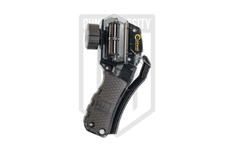 |
| Check Price | |
 |
| Check Amazon | |
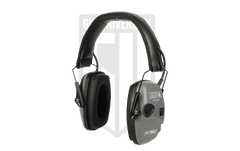 |
| Check Amazon |
9mm vs 45 ACP – FAQs
Which caliber is better suited for carry guns?
For carry guns, the 9mm is generally the better choice. It’s smaller, has lighter recoil, and offers higher magazine capacity, making it ideal for compact and subcompact models. However, if stopping power is your top priority, the .45 ACP offers a punchier round, and some people prefer it for its ability to deliver more force with fewer shots.
Does barrel length affect these calibers?
Yes, barrel length does make a difference. Longer barrels increase muzzle velocity and energy, especially for the 9mm, which benefits more from extra length. In shorter barrels, like those on carry guns, you’ll see a bigger drop in velocity with the .45 ACP, reducing its ballistic edge compared to the 9mm.
Which caliber is more practical for frequent practice and training?
The 9mm is hands-down the better option for frequent training. It’s cheaper, more widely available, and has lighter recoil, so you can spend more time at the range without breaking the bank or wearing out your hand. This makes it easier to improve your skills over time.
How does stopping power compare between the 9mm vs .45 ACP?
Stopping power between these two pistol calibers comes down to bullet design and shot placement. The .45 ACP delivers more energy, creating a larger wound channel, while the 9mm is faster and penetrates deeper. Both can be effective in the right hands, but it ultimately depends on how well you can place your shots.
Does the maximum pressure of these cartridges impact their usability?
Yes, the higher maximum pressure of the 9mm (35,000 PSI compared to 21,000 PSI for .45 ACP) allows it to generate faster bullet speeds and flatter trajectories. This makes the 9mm more forgiving for beginners and versatile for a range of scenarios, while the .45 ACP focuses on delivering energy in a larger, heavier bullet.
Recent Posts
October 11, 2025
October 11, 2025
October 11, 2025
October 5, 2025


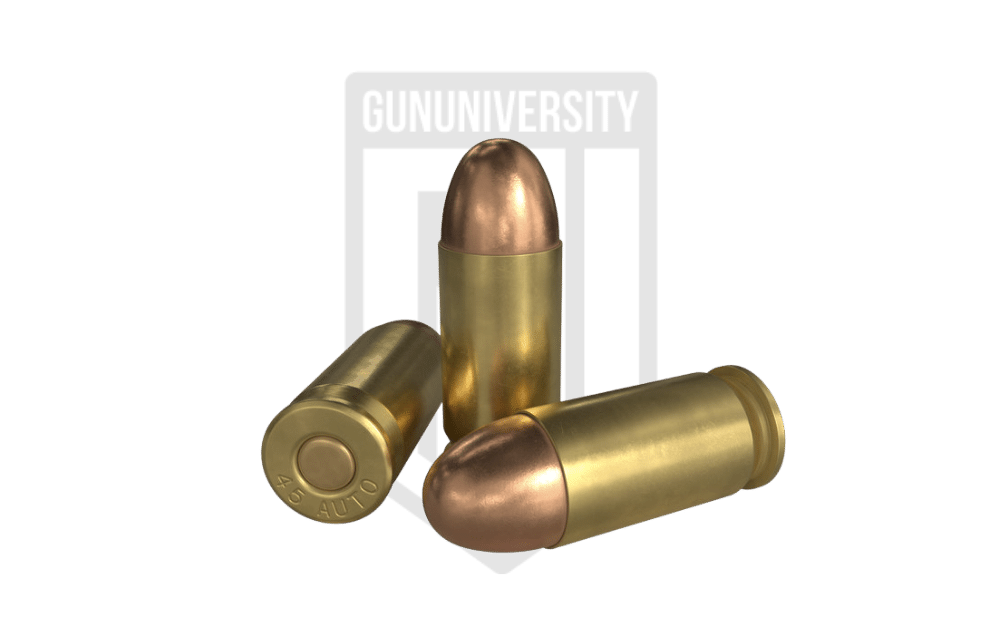
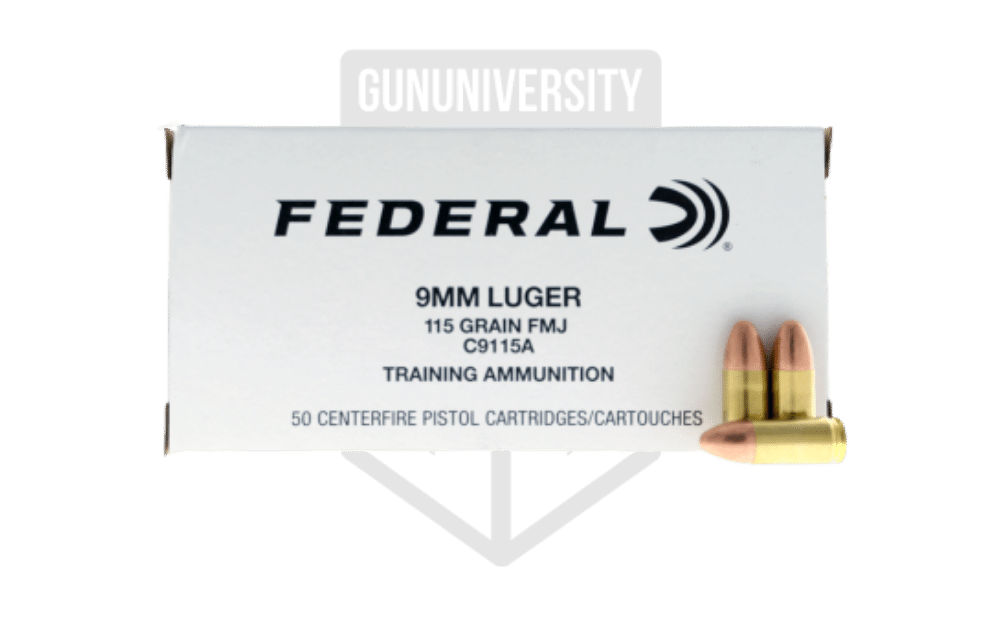

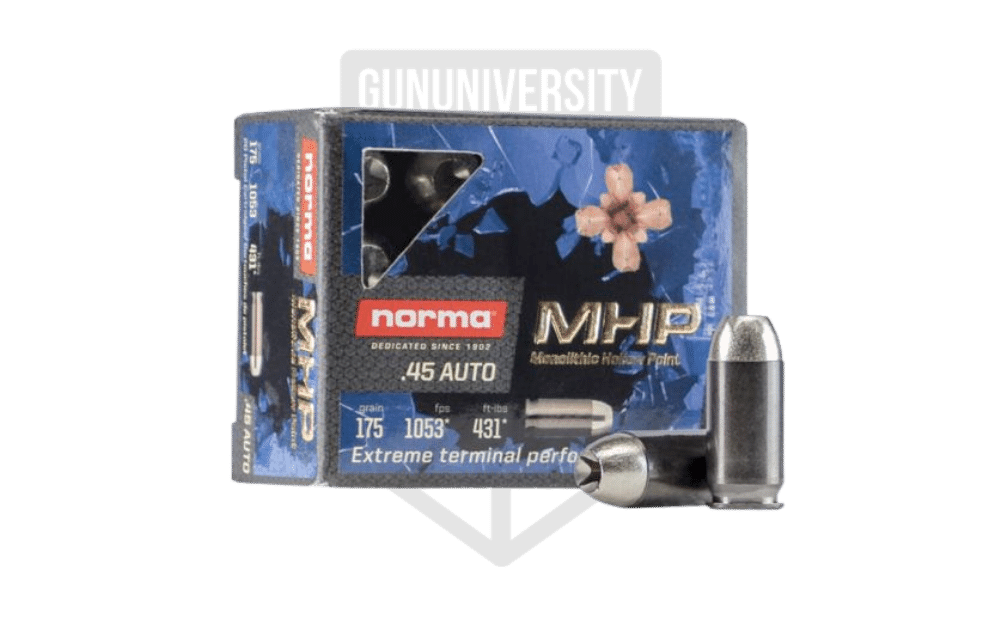

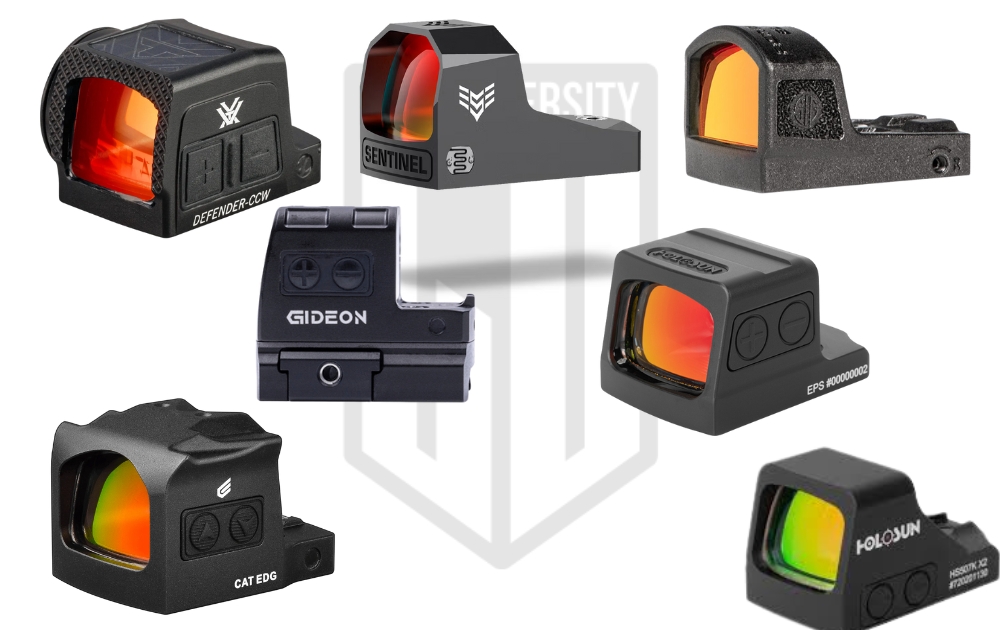
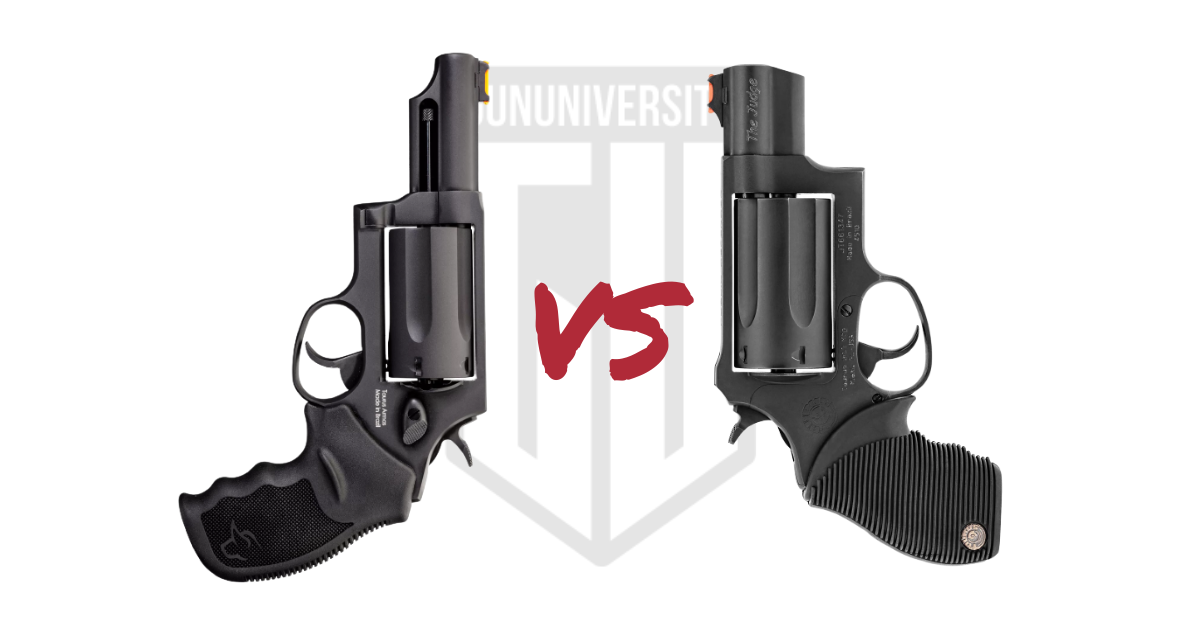
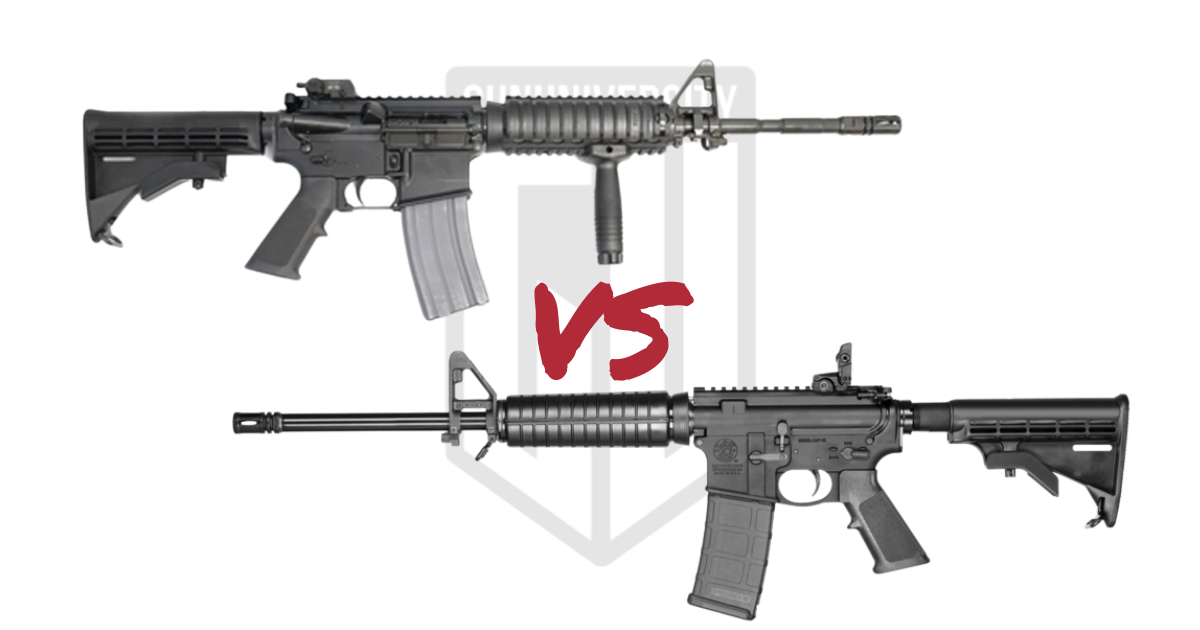

I have both a 9mm and a 45 acp in 1911 pistols. I carry both pistols, not at the same time of course. I prefer the 45 over the 9mm. I also have a 92a1 beretta with 17 round clips. My though is if you can’t resolve the treat with seven rounds, you are on deep crap. Shot placement is far more important than how many rounds you can spit out. I work with conceal carry and always stress shot placement. Just my 2 cents.
To add to my comment above, I do carry 2 extra 8 round mags for my 45 in a inside the waistband holder, just in case. Really, either caliber is quite adequate for the task at hand.